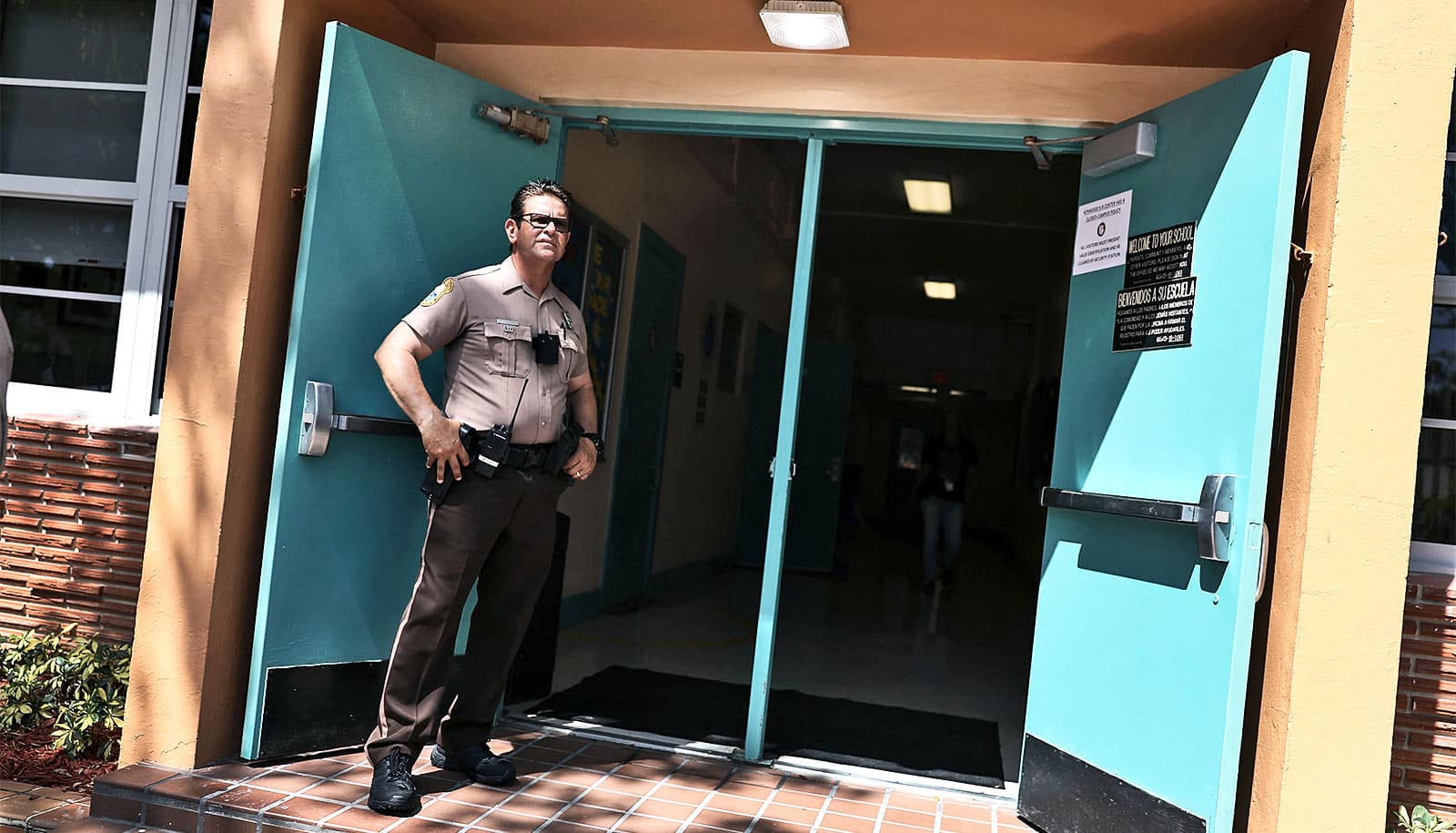
School safety policies enacted following shootings tend to exacerbate racial and ethnic discipline disparities in several different ways, according to a new study. Restorative justice has the potential to avert bad behavior and school shootings, the study suggests.
“Racial equity and safe schools are not in opposition,” says first author Odis Johnson, professor of sociology and of education at Washington University in St. Louis and associate director of the Center for the Study of Race, Ethnicity & Equity.
“Racial equity is not a societal luxury, so it is not a reasonable sacrifice for safer schools,” says Johnson. “Instead, policies should promote safer schools and more equitable outcomes for students of all races, allowing children and youth to become contributing citizens to American democracy.”
The study examined policy differences within schools, where practitioners sometimes enact policies with discretion and bias; between schools, where racial segregation complicates policy; and indirectly, where academic consequences accrue to those who are not disciplined but attend schools with elevated school rates of discipline.
Among the most promising policy alternatives to punitive disciplinary policy is restorative justice.
Restorative justice in the school context is an approach to discipline that focuses on repairing harm through inclusive processes that engage all stakeholders. Implemented well, it shifts the focus of discipline from punishment to learning and from the individual to the community.
“Restorative justice provides an approach to school safety that could encourage investment in school communities, and, ultimately, promote safer school environments,” Johnson says.
Tragic shootings, like those in Columbine, Newtown, and Parkland, are moments that help form and define school safety policies, he says.
However, the school safety policies implemented after these moments, including adding law enforcement, enacting zero tolerance, and adding metal detectors, do not prevent these tragic events.
“School shootings, while rare, still occur despite these crisis prevention policies, which inadvertently lead to harsher punishment of racialized students, exacerbating racial inequity in American schools,” Johnson says.
“Our study highlights how the detrimental effects of crisis prevention policies extend beyond the misbehaving student to impact their peers, as entire school communities become punitive environments focusing on social control over academic learning. These indirect effects of crisis prevention policies contribute as significantly to racial inequity as the direct effects on disciplined students.”
– Neil Schoenherr – Washington University in St. Louis

